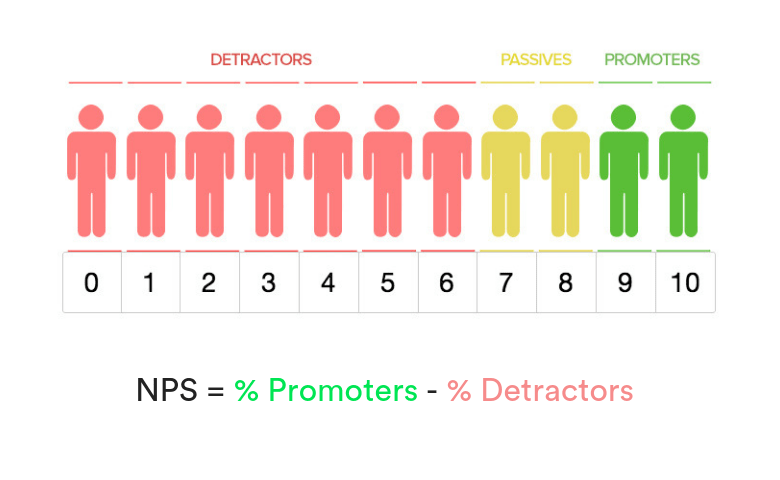

When designing and executing Net Promoter Score research, companies should consider various factors when deciding on a survey sample size. Keep reading to find out what sample size you need!
Qualitative vs. quantitative NPS
The question of whether or not your company should focus on qualitative or quantitative Net Promoter Score depends on the size of your company.
As with any quantitative research, the more responses you collect - the more accurate your NPS results will be. However, with newer companies, it is often the case that you may not have a large enough customer base to sample and generate statistically valid quantitative results that are representative of the entire customer base. Because of these smaller available sample sizes, the NPS scores can and will vary quite a bit during the company's initial NPS research. Large increases or decreases in the NPS score are typically not representative of your entire customer base and will have a larger margin of error. This is to be expected for any company with a small, but growing customer base.
These smaller, growing companies will be focused on building a loyal customer base and should therefore focus more on the qualitative component of the NPS research rather than the actual quantitative NPS score. In addition to the core likelihood-to-recommend question, most NPS surveys will also typically contain an open-ended, follow-up question asking respondents the reasons for the rating provided. These customer comments provide valuable insight which can be leveraged to modify the product offering and which should, in turn, improve overall NPS and therefore customer growth and retention. For example, what factors do these detractors or passives specifically cite as influencing the score they gave? What can be done to minimize these factors?
As the company grows and the customer base increases, the company can then transition into more quantitative analysis of their NPS data.
NPS sample size guidelines
There are a few things to keep in mind when deciding on a quantitative sample size for your customer feedback survey:
- Number of customers - the larger your customer base the larger the required sample.
- Uniform vs. diverse customer base - the more diverse your customer base, the more sample will be required to ensure all your customer segments are properly represented.
- Over-sampling - resist surveying your entire customer base as this is not necessary and usually not practical.
- Don't over-survey - as a general rule of thumb, you should only "touch" each customer once or twice per year.
So how do you determine how much sample is needed for your particular NPS study to ensure your results are statistically reliable and therefore actionable? It depends on how much margin of error you are willing to accept in your results.
Calculating your NPS margin of error
By calculating the survey margin of error, you can determine the appropriate sample size needed to generate statistically valid results that represents your entire customer base.
To calculate the margin of error, we first take the number of promoters, passives and detractors in the sample and use these to calculate the NPS:
NPS = (promoters/total respondents) - (detractors/total respondents)
Next, we calculate the variance of the sample NPS:
var(NPS) = (1 - NPS)2 * (promoters/total respondents) + (0 - NPS)2 * (passives/total respondents) + (-1 - NPS)2 * (detractors/total respondents)
We then use the variance to calculate the margin of error:
MoE = sqrt(var(NPS)) / sqrt(total respondents) * 100
You can state the Net Promoter Score as accurate within a range plus or minus the margin of error. Let's look at a simple example.
Example of calculating your NPS margin of error
Let's say that we've surveyed 3,000 customers and of those 1455 are promoters (9 or 10 likelihood to recommend) and 523 are detractors (0 to 6 likelihood to recommend). We first calculate the NPS score:
NPS = 1455/3000 - 523/3000 = 0.316
We then calculate the variance:
var(NPS) = (1 - 0.316)2 * (1455/3000) + (0 - 0.316)2 * (1022/3000) + (-1 - 0.316)2 * (523/3000) = 0.5628
The Margin of Error is calculated as:
MoE = sqrt(0.5628) / sqrt(3000) * 100 = 1.37
We can then say the Net Promoter Score is 31.6 with a margin of error of plus or minus 1.37.
If this is within your acceptable level of tolerance, then your sample size is sufficient. Conversely, if you want to narrow your margin of error, you'll need to increase your sample size.
Looking for a tool to help?
Learn how to statistically test Net Promoter Score in Displayr






